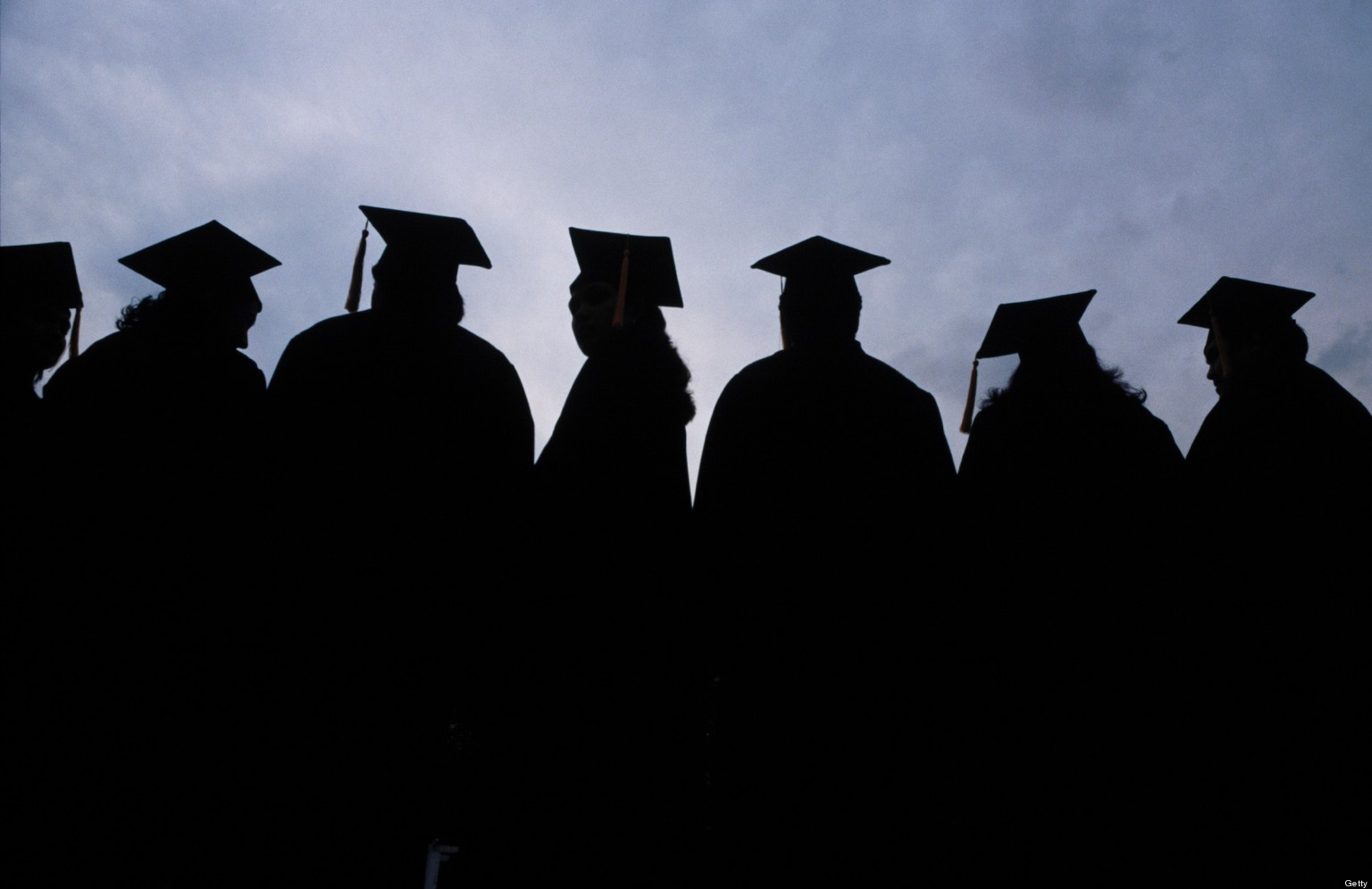
News & Resources
The Biggest Crisis in Higher Education Isn't Student Debt, It's Students Who Don't Graduate

There is a lot of talk these days about student debt and the challenges that families face managing this burden. Rightfully so, particularly at a time when too many families are struggling with flat wages and rising costs. But the discussion of a debt crisis often fails to address what I would argue is the greater crisis: the fact that more than half of those who start college fail to finish.
Think about it: Tens of millions of people in the US are saddled with student debt and have no degree to help pay it off. They won’t get the substantial return on their investment—graduates with a bachelor’s degree earn about $1 million more in additional income over their lifetime than those with only a high school diploma—and they typically have not developed the adaptive learning skills that will help them prosper in a rapidly changing economy.
In too many cases, they may never recover, leaving them feeling frustrated and bitter, disenfranchised and unable to find a way to better jobs and greater opportunity. Too many, saddled with debt and lacking a degree, feel trapped.
According to US Department of Education data, the ability to repay college loans depends more on whether a student graduated than on how much debt they are carrying. The research also found that students who don’t graduate are three times more likely to default on their loans than those who do.
Adding to this sobering picture is the reality that only 15 percent of the bottom half of the US population (based on family income) have earned a college degree and only 9 percent among the bottom quarter. At a time when the majority of new jobs require post-secondary education, this is a national shame. Not only does it limit individual socioeconomic advancement, it minimizes the country’s capacity to make the most of talent that exists at every level and in every neighborhood.
This completion crisis is alarming, but it is fixable.
It requires taking a hard look at the gap between enrollment and graduation that has represented a minefield for too many of our nation’s students. It means thinking more about student outcomes and success. According to one recent study, 85 percent of four-year public colleges failed to graduate more than two-thirds of first-time, full-time students within six years.
While many of these stranded learners may feel they’ve missed their chance and blame themselves, I think it’s more useful to reflect on how the system failed them—and how we can help fix this error.
One of the ways we’ve addressed this challenge at Arizona State University is with our eAdvisor, a digital tool that helps students monitor their progress and stay on track toward graduation. So does our Major Maps system, which outline’s a major’s key requirements, courses and optimal sequence to complete a degree. More broadly, online learning provides individualized paths for both new students and students that dropped out to begin study again, even while holding a full-time job.
While the reasons students drop out are varied and complicated, we are finding that plenty of students who left school will jump at the chance to complete their degree if they can. Our partnership with Starbucks, the College Achievement Plan launched in 2014, has attracted 8,100 enrollees and graduated more than 200 so far. This online program, which boasts 140 degree programs, has included students who couldn’t afford the cost of continuing, those who dropped out to get married and raise a family, even those who struggled in their first year and doubted their ability to succeed.
The target of this program is to help 25,000 Starbucks employees earn an ASU bachelor’s degree by 2025 with the tuition fully reimbursed. That may sound ambitious, but it represents an achievable goal fueled by our shared commitment and recognition that earning a college degree changes lives.
Just imagine if 100 companies like Starbucks and 100 universities committed to a similar program. We could help 2.5 million more students who dropped out of school complete their degree. We would not only meaningfully improve their future prospects, but also strengthen our nation’s educated workforce and capacity to solve problems.